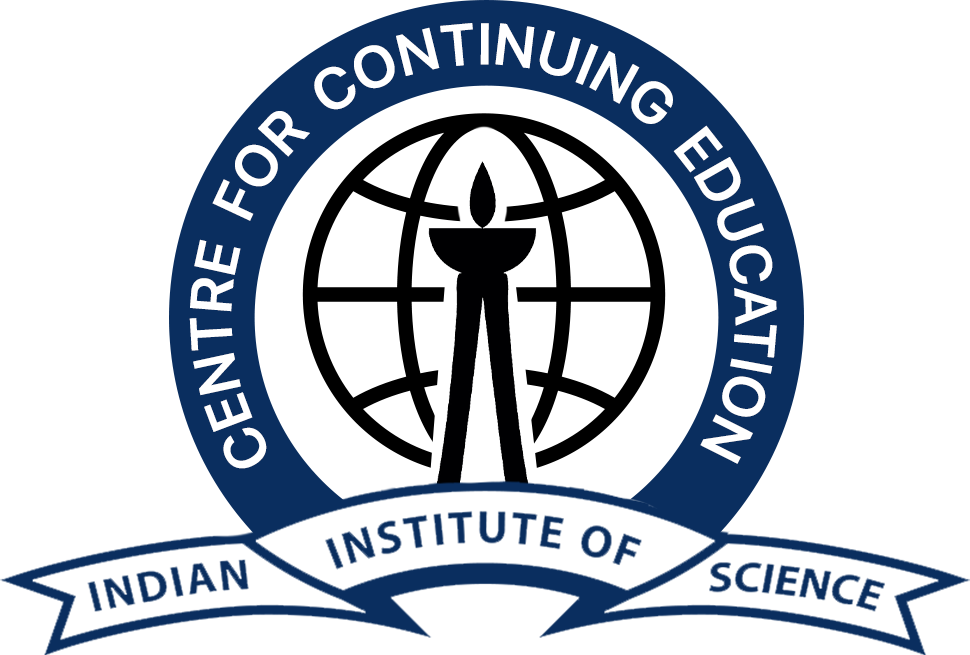Online Course on Structural Analysis and Design Optimization: Theory and Practice (2:0)
Last day to apply: 5 January 2025
Objectives
Advanced research in material science to enhance life with reduced costs resulted in metal alloys, plastics, composites and nano materials. Structural design and optimization of components with unusual shapes became possible with current available finite element software tools such as ANSYS, NISA, NASTRON, ABACUS, SYSNOISE, LSDYNA and MATLAB etc. The fundamental knowledge of stress, strain, shear, torsion in relation to the structures and S-N curves in relation to the material fatigue life becomes important. The interpretation of the FEM software output calls for the knowledge of analysis and design optimization of mechanical systems. This course essentially trains engineers/scientists/entrepreneurs/instructors in the industries/institutes to optimally design various mechanical systems and sub-systems for technically superior and commercially viable value-added product and achieve “EMPOWER INDIA WITH SKILL AND Knowledge”
Syllabus
Applied mechanics, Strength of materials, SFD, BMD, AFD, solid mechanics, concept of stress, strain and fatigue. Constitutive laws. Mohr’s Circle, Engineering materials and their properties. Structural analysis concepts, tension, compression, shear, torsion, coupled system, and S-N curves. Design of beams, torsion, compression members and fasteners. Stability of structures. Composite materials and their importance in structural analysis design optimization. Principles of optimization, formulation of objective function and design constraints, classification of optimization problem. Single and multivariable optimization. Optimization with equality and inequality constraints. Optimal design of mechanical elements – fasteners, springs, gears, bearings, belts, clutches, brakes, shafts and axles. Procedures for product design, development and testing. Vibration of structures Practical problem discussion with industrial products, (optimization of passenger car sub systems for vibration and noise reduction, Rail-coach-CBC couplers, Car door window regulator, satellite tracking antenna and DWR antenna design, Tractor canopy, hydraulic crawler driller (drilling machine), Bike brake system, sluice valve design, failure analysis if piston drill bit, thermally insulated box, IP turbine blade failure analysis, design analysis of super pump impeller, Structural design aspects in power plants. Hydraulic jacks/Feed cylinder with intermediate supports, Industrial chimney design, optimization of box culverts, metal-composite sprocket for bikes, Thermal analysis of heat exchangers, 6-DOF force balance, pitch flexure, roll flexure design for wind tunnel model studies for aerodynamic derivatives of aerospace vehicles and automobiles).
Target Group: Mechanical, Civil, Aerospace, Automotive, Industrial engineers, R & D Labs, Construction technologists, New product design and development groups, Entrepreneurs and Engineering college instructors. Professionals to pursue postgraduate and higher studies

S B Kandagal
Number of credits – 2:0
Mode of Instruction
Online Classes using Microsoft Teams Online Seats are Limited to 100
Duration
5 Months (JAN – MAY 2025)
Timings of the class
Saturday (12.00PM to 2.00PM)
Course Fee
₹ 10000 (Excluding 18% GST)
| Particulars | Amount (in ₹) |
| Course Fee | 10,000 |
| Application Fee | 300 |
| GST@18% | 1,854 |
| Total | 12,154 |
Who Can apply?
BE, ME, MSc, AMIE, or equivalent
Reference Books
1. Beer F P and Johnson, E.R, “Vector Mechanics for Engineers- Statics and Dynamics”, Tata-MacGrawhill, sixth Edison, 2012.
2. Shigley, J.E and Mischke, C.R., “Mechanical engineering design” Tata-MacGrawhill, sixth Edison, 2010.
3. Johnson Ray, C.” Optimum design of mechanical elements”, Wiley, John & Sons, 2014.

